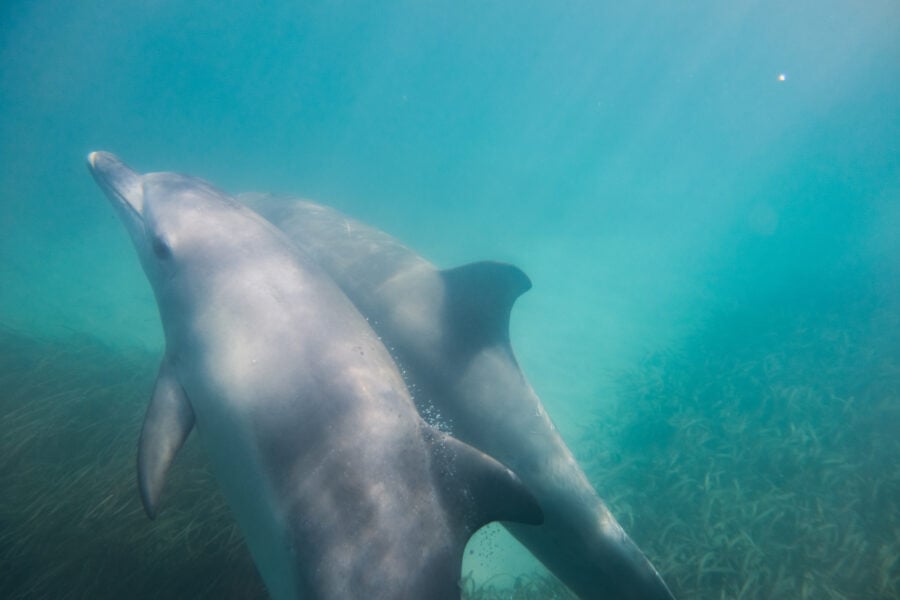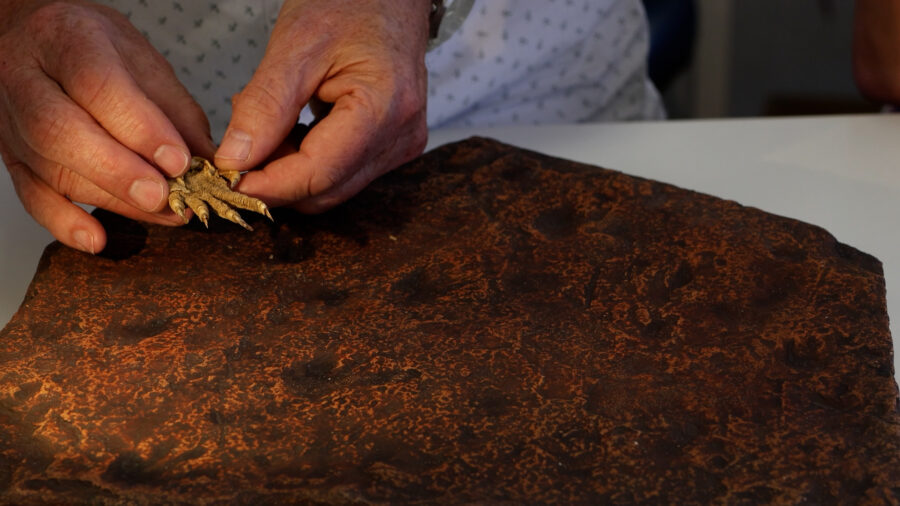Hybrid birds better at fighting disease than purebreds

TRADITIONALLY IN ECOLOGY it’s thought that diseases play a big role in the formation of new species, with hybrids sometimes being more vulnerable to infections that exploit weaknesses in the host. However, a new study of parrots has shown that perhaps the opposite is the case – that two may be better than one at fighting off disease.
Scientists from the Centre for Integrative Ecology at Deakin University in Geelong, Victoria, studied the infection patterns of beak and feather diseases in crimson rosellas across southern Australia.
This included several hybrid populations in north-eastern Victoria and southern New South Wales, located in between the range of the two parent sub-species. (Platycercus elegans flaveolus and P. e. elegans). The scientist found that when the sub-species mated, the resulting offspring seemed to cope better with a potentially deadly virus.
Hybrid parrot better at keeping disease at bay
“The science is complex, as disease-host relationships are complex and with a wild animal it’s hard to control all relevant factors,” says Professor Andy Bennett, the research group leader.
But, after an eight-year study, published recently in the journal Proceedings of the National Academy of Science, it’s clear the hybrid forms have lower viral loads and prevalence of the disease, and the data suggest the exceptional resistance in hybrids is a likely explanation.
“While we are not yet certain why the hybrids have lower levels of infection, higher resistance is plausible,” says lead author Justin Eastwood. “It really is quite rare to be able to study disease and hosts together in natural populations, and rarer still across multiple subspecies and hybrid forms, so our study is quite unusual.”
Parrot ring species a rare case study
The study also provides the first example of a virus following a mode of evolution known as the ‘ring-species’ hypothesis, where a population of the species expands around an inhospitable area, following a ring-like path and accumulating genetic differences along the way, such that when populations meet at the end of the ring, they are so different that they behave like different species.
“Ring species are rare natural laboratories”, says Andy, as they can help scientists study how a population of a single species evolves to become two different species. “There are only about 25 hypothesised examples in plants and animals worldwide. While we suspected a ring-species pattern in the bird, patterns akin to this in the virus are novel and exciting.”
These findings will help scientists better understand host-parasite interactions and how parasites can influence how new species form, and may even provide a new way to protect endangered species. “Disease is an ever present challenge to animals,” Andy says. “Using hybridisation to reduce disease susceptibility in endangered parrots is one predicted translation of our findings.”
Funded by the Australian Research Council, the group will now apply their findings to assist with conservation of the Orange Bellied parrot, in collaboration with Zoos Victoria, Geelong Centre for Emerging Infectious Diseases, Charles Sturt University and Biosecurity Victoria.




